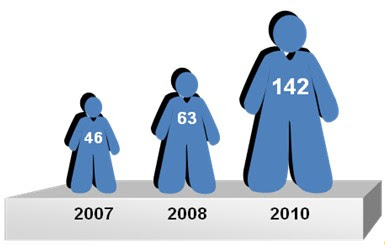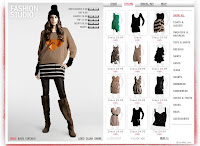Immature m-commerce market
M-commerce is the extension of e-commerce (Turban et al., 2000), where product purchases have now moved onto mobile devices over a wireless network (Yeh and Li, 2009).
A consumer uses their mobile as an individual, personal possession (Chae and Kim, 2003). Due to this, mobile commerce becomes the most advantageous channel for retailers to pin-point individual consumers and sends them customised, personal messages, on the move (Rowley, 2004; Yang, 2010).
However, m-commerce gives more fashion information than actual m-shopping behavior. It is no doubt that people are happy with online shopping, increasing people begin to shop through the Internet. Most fashion retailers have put many efforts on web-design, e-promotion methods and security system. The mature e-commerce environment has won consumers’ trust. Since 3G mobile communication technology has increased bandwidth, reinforced speed and efficiency of data transmission (Kuo and Yen, 2008) and people now begin to use smart phones, many retailers have launched their iphone apps. I’ve tried to shop ZARA clothes through iphone app, but it was blocked when I reached payment process. It is really a big bug in iphone apps.
Therefore, I think maybe retailers only use apps as an advertising tool instead of a selling means. Besides, consumers are also not sure about the security aspect of m-commerce because it is only a new launched technology, which is not as mature as the Internet. However, m-commerce just made its debut; everything is being tested in order to reach a higher stage. Mintel (2009) forecasted that the future of multi-channel retailing rests on m-commerce. It seems that m-commerce will be a trend in the future since “using interactive wireless media to provide customers with time and location sensitive, personalized information that promotes goods, services and ideas, thereby generating value for all stakeholders” (Matti, 2008).













